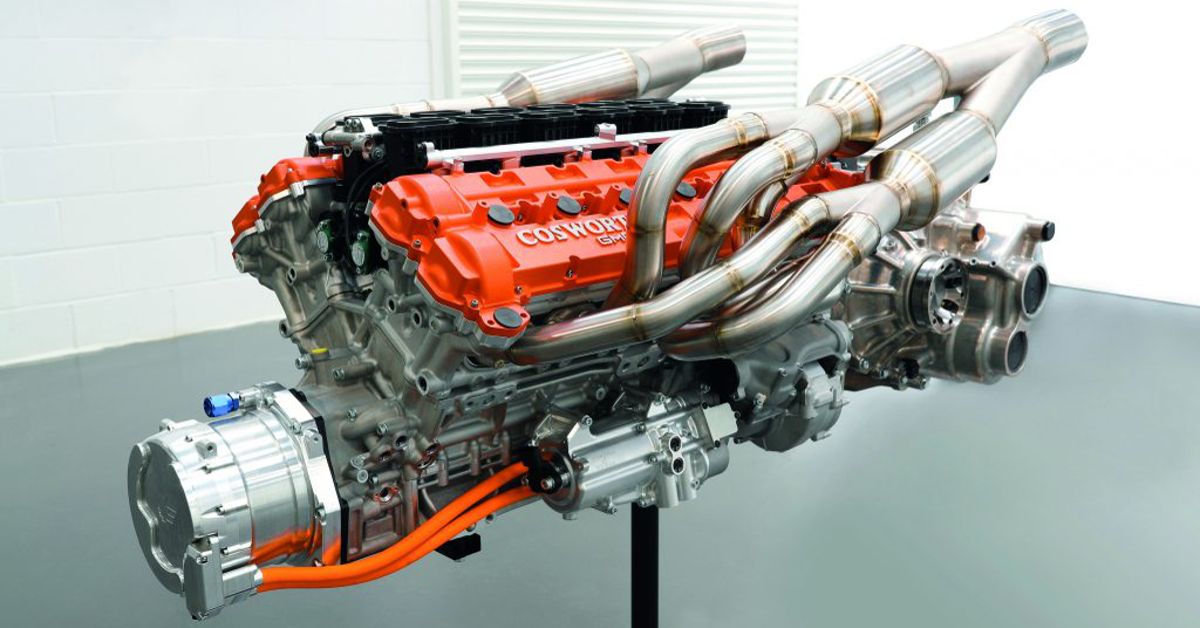
V-Shaped Vs Inline Vs Flat
Table of Contents V-Shaped Power: The Pinnacle Of Automobile Engineering Inline Design: Simple, Effective, Powerful
Table of Contents
When Henry Ford assembled his first car in 1896, he mounted a small one-cylinder gasoline engine on a frame fitted with two pairs of bicycle wheels: that was the first ford engine that came to life, designed on a kitchen table in Henry Ford’s home in Detroit. And for the first car manufactured in Ford Motor Company, the Model A, they engineered a flat-two engine that could output eight horsepowers.
But of course, those times are long gone. The automobile industry evolved swiftly and gave birth to all sorts of engine types, among which the V-shaped, Inline, and Flat triumphed and became famous. Each of the mentioned engine layouts has its advantages and disadvantages, making it unjust to choose one as the ultimate engine for all types of cars. However, each of these engines specializes in a specific niche with unique sets of traits and features.
V-Shaped Power: The Pinnacle Of Automobile Engineering
As the name suggests, the V configuration consists of two rows of cylinders that sit against each other often with either a sixty-degree or a ninety-degree angle. (Some Ferraris have V12s with 180-degree angles, which mustn’t be mistaken for flat engines.) V-shaped engines usually come with 6, 8, 10, and 12 cylinders.
The Origin of the V-shaped layout can be traced back to the late 19th century when Wilhelm Maybach designed a two-cylinder V-twin for the 1889 Daimler Stahlradwagen automobile. Later on, in the early 1900s, V6 and V12 engine sputtered their way to life as boat engines. V12 Engines quickly became popular in production cars as early as 1916. However, it wasn’t until 1950 through the Lancia Aurelia that V6s were used in standard production cars.
It mainly had to do with engine balance. The V12 was powerful with balanced engine forces (meaning that the engine vibrations were minimal, which resulted in a smooth ride). But having odd numbers of cylinders in each row inherently leads to unbalanced engine forces. As a result, manufacturers wishing to use V6s (or V10s) have to put extra effort into making the whole unit run smoothly. But an even number of cylinders in each row results in a much smoother engine than an inline configuration.
V-shaped engines are shorter than their inline counterparts, which means shorter hoods, but they increase the car’s width. An inline with eight cylinders (or more) would be too long and loses practicality in standard production cars. What’s more, V engines can relatively produce more torque at a lower rpm compared to inline engines.
On the other side of the spectrum, V engines are more complex and require more parts than inline engines, making them expensive. That’s why V8s and V12s are more commonly known for their appearance in higher-end performance and luxury cars.
Inline Design: Simple, Effective, Powerful
The inline engine is the most common engine layout for cars with less than six cylinders. Usually assembled with 3, 4, 5, and 6 cylinders, the inline engine is known for its simple and cost-effective design. Three and four-cylinder configurations are excellent for compact cars.
The inline configuration has largely faded away in popularity and given way to its counterparts for performance cars. One of the main reasons is the portions of such a structure. As previously discussed, inline engines with more cylinders tend to get lengthy, making layouts such as inline-8s practically inferior for mass production in cars.
An inline engine is much easier to build than a flat or a V-shaped one. Inline engines require fewer cylinder heads and camshafts and can be a lot more affordable. Inline-six engines are naturally balanced, which means a very smooth ride for the passengers. Three and four-cylinder straight engines have off-balance engine forces, but they are preferred in compact and more affordable cars due to their cost-effective nature.
Arguably the most famous manufacturer that uses inline-six engines is BMW. Audi and Volvo are the leading manufacturers of inline-five engines. Inline-four configurations, however, are widely used in various cars, such as the Honda Civic Type R, the Ford Focus ST, the Fiat 500 Abarth, and the VW Golf R.
Flat Engine: Greatness In A Compact Design
Last but not least, there is the flat engine layout. Usually configured with four or six cylinders, the flat engine gets its name from the way the cylinders are laid flat and opposing each other: two sets of cylinders are placed on either side of a crankshaft. In the boxer engine, the most common layout of flat engines, the pistons move inwards and outwards on a horizontal axis.
In terms of popularity, they fall short of inlines and V-shaped engines. However, that is not at all because of their performance. Flat engines enjoy a very compact design, which makes them perfect for rear-engine layouts. What’s more, the smallness in size allows for a lower center of gravity. This heavily impacts the car’s handling, especially in corners.
The features of the flat engine don’t stop there. Flat engines have near-perfect engine force balance, which results in extremely low engine vibrations. Due to the cylinders being away on each side of the crankshaft, the flat configuration allows for effective air-cooling and water-cooling designs.
What makes the flat engine rather unpopular is its complexity in both building and repairing. Porsche is famously known for its flat engines throughout decades, from the original 911 with an air-cooled flat-four to the more recent models with turbocharged flat-six engines. Subaru is another famous name when it comes to flat engines.
Read Next
About The Author
